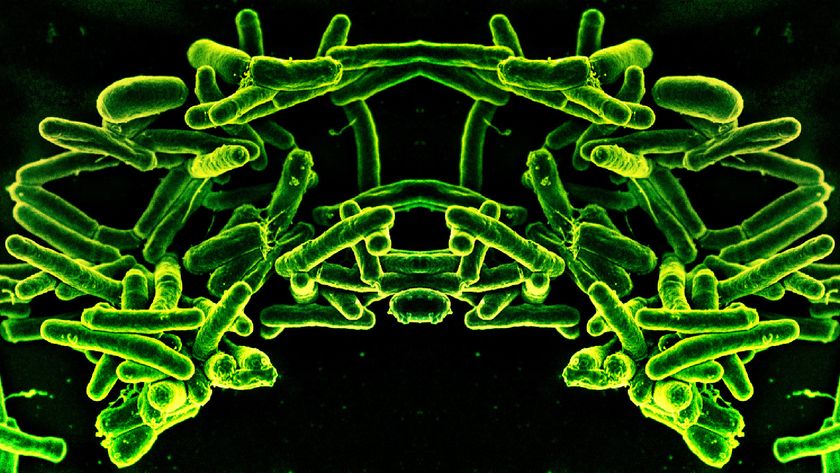
One man's poor hygiene is apparently another's fine delicacy: Scientists have used belly button lint to culture cheese.
Right now, it's just for show: The cheese, made from bacteria harvested from human tears, noses and yes, belly button lint, is being showcased at the Science Gallery in Dublin. Most of the end products look convincingly cheese-like, and as part of the exhibit, scientists analyzed the cheeses' aromas using chromatography.
The verdict? The cheeses tended to smell like the body odor of the people who gave gave the bacterial samples. The new project has also revealed that when people complain that cheese smells like feet, (or that their belly button smells cheesy) they may be on to something. "When we started working together we were surprised by how not only do cheese and smelly body parts like feet share similar odor molecules but also have similar microbial populations," Christina Agapakis, a synthetic biologist involved in the exhibit, told the magazine De Zeen.
Of course, the belly-button cheese isn't actually on offer at the nearest Whole Foods: Visitors who attended a wine-and-cheese pairing were only allowed to sniff the cheese, not take a bite out of it. Others "human foods" have included such delicacies as breast milk cheese and sausage made with infant poop.
Follow Tia Ghose on Twitter and Google+. Follow LiveScience @livescience, Facebook & Google+.
Sign up for the Live Science daily newsletter now
Get the world’s most fascinating discoveries delivered straight to your inbox.

Tia is the managing editor and was previously a senior writer for Live Science. Her work has appeared in Scientific American, Wired.com and other outlets. She holds a master's degree in bioengineering from the University of Washington, a graduate certificate in science writing from UC Santa Cruz and a bachelor's degree in mechanical engineering from the University of Texas at Austin. Tia was part of a team at the Milwaukee Journal Sentinel that published the Empty Cradles series on preterm births, which won multiple awards, including the 2012 Casey Medal for Meritorious Journalism.













